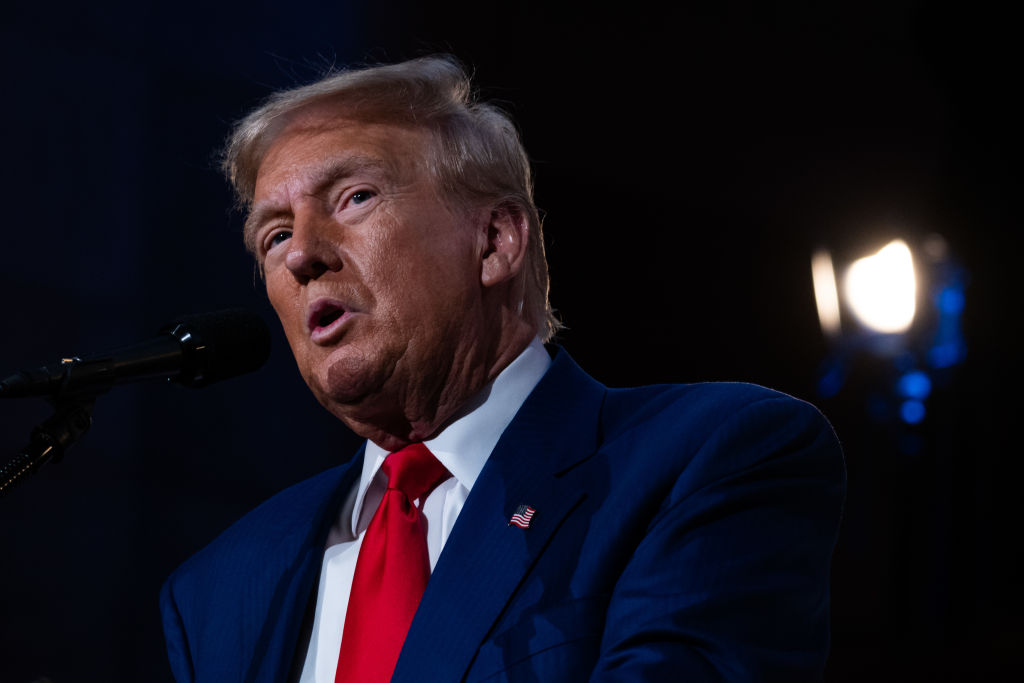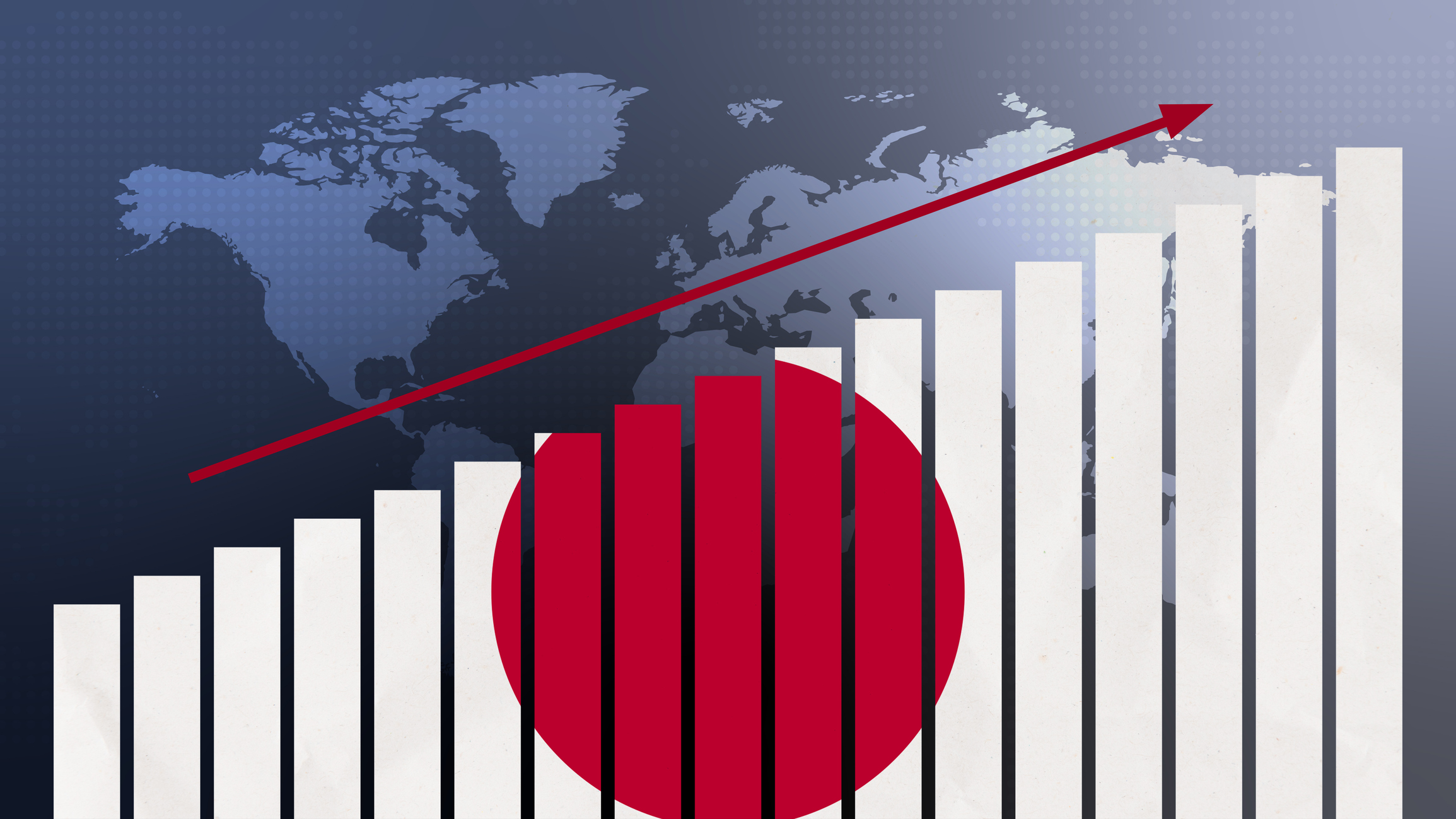Demystifying the Mutual Fund
Basic fund facts explained to help you pick funds better.
When it comes to investing, there are two main types of people: those who pick stocks and those who gravitate to funds. The stock pickers, rightly or wrongly, tend to have a pretty high opinion of their investing abilities. Fund investors are willing to let the pros make the decisions.
But fund investors aren't off the hook altogether. Funds have their own vernacular -- total return, style, decile rank and so on. Knowing what they mean, what's good and what's bad can help you compare funds and pick the best one.
Performance counts
Beginning investors tend to zero in on a fund's return, and although it's not the only thing to check out, it's a good place to start.

Sign up for Kiplinger’s Free E-Newsletters
Profit and prosper with the best of expert advice on investing, taxes, retirement, personal finance and more - straight to your e-mail.
Profit and prosper with the best of expert advice - straight to your e-mail.
If you're sorting funds using Kiplinger's Fund Finder, the one-year return you see listed is the fund's total return for a 12-month period. The three- and five-year returns are annualized returns. In other words, they are the total returns averaged over three and five years.
Total return is the change in the value of the investment, assuming dividends and capital gains were put back into the fund rather than paid out to shareholders. Total returns also factor in a fund's expenses (but don't account for any sales or redemption fees). They are, in short, a fund's bottom line.
Returns alone don't give you the whole picture. One key thing to consider when looking at returns is to make sure that the fund is at least a year old, says Morningstar fund analyst Peter Di Teresa. "The longer the record the better, but even that has a caveat," he says. If you spot a fund with an impressive record, you need to find out whether the manager who earned it is still in charge.
Fund Finder includes a column that tells you how long a fund's manager has held the reigns. You can also get that information by ordering a prospectus or visiting a fund company's Web site.
Be aware, however, that annualized returns, because they're averaged, can mask a horrendous year (for more on that, see decile rank, below). And if you have a truly diversified portfolio, you're going to own funds whose style of investing may have temporarily gone out of favor -- and they may not show up at the top of the total return heap.
Bottom line: Finding a fund that had a great run in the past is a good starting point. But there's no guarantee that it will continue to serve up plum returns in the future. A better way to gauge a fund's performance is to see how it measures up against its peers.
Peer review
When weighing your fund options, "you have to make an apples-to-apples comparison," says Di Teresa. The way to do that is to compare funds only if they are in the same category and have the same investment style.
What's the difference? Category tells you how completely a fund invests its assets and how much risk it assumes. Categories are subsections of the various fund universes -- U.S. stock funds, foreign stock funds, bond funds.
Style gets more specific. Think of style as a loose description of what the fund looks for in a particular stock, whether it's value, growth, big or small companies or some combination thereof.
The best way to see how a fund measures up against its peers, year after year, is to look at its decile rank. Fund Finder shows a fund's decile rank among other funds with that style over a five-year period. A fund that ranks number one posted performance that puts it among the top 10% of its peers.
Bottom line: Before you bite, check to see how consistent the fund is over time. Unlike annualized returns, bummer years have no place to hide in decile rankings.
Benchmark basics
Turn on CNBC or flip through the ads in personal finance magazines and you're bound to see a manager bragging that his or her fund beat the Standard & Poor's 500-stock index for so many years in a row.
The SP 500 is an index that measures the performance of the largest 500 companies in the U.S. stock market (there are also funds that mimic the performance of the SP index). Funds that invest in large-company stocks use the SP as a benchmark, and it's useful because it sets up a standard for comparing mutual funds that invest in large-company stocks.
Small-company funds tend to use the Russell 2000 as a benchmark, and mid-size funds tend to use the Russell Midcap index. Russell has 21 different indexes, and SP has at least seven for U.S. stocks alone, so fund managers can easily find a benchmark that matches their stock-picking style. (For more on the bellwethers and the types of stocks they measure, see Russell.com and Standardandpoors.com).
Bottom line: If a fund says it beat an index, make sure it's an appropriate benchmark. Otherwise the manager isn't making a fair comparison.
For more help on getting a handle on mutual funds, see "Demystifying the Mutual Fund, Part 2."
Get Kiplinger Today newsletter — free
Profit and prosper with the best of Kiplinger's advice on investing, taxes, retirement, personal finance and much more. Delivered daily. Enter your email in the box and click Sign Me Up.
-
 Stock Market Today: Trump Retreats, Markets Rejoice
Stock Market Today: Trump Retreats, Markets RejoiceStocks rally, yields soften, the dollar rises, and even beaten-down names enjoy the wages of potential trade peace.
By David Dittman
-
 In Trump’s Economy Should 401(k) Savers 'Set It and Forget It?'
In Trump’s Economy Should 401(k) Savers 'Set It and Forget It?'It’s hard to bury your head in the sand when the markets are volatile. Here’s when it makes sense and when it doesn’t.
By Donna Fuscaldo
-
 The Economic Impact of the US-China Trade War
The Economic Impact of the US-China Trade WarThe Letter The US-China trade war will impact US consumers and business. The decoupling process could be messy.
By David Payne
-
 What DOGE is Doing Now
What DOGE is Doing NowThe Kiplinger Letter As Musk's DOGE pursues its ambitious agenda, uncertainty and legal challenges are mounting — causing frustration for Trump.
By Matthew Housiaux
-
 A Move Away From Free Trade
A Move Away From Free TradeThe Letter President Trump says long-term gain will be worth short-term pain, but the pain could be significant this year.
By David Payne
-
 Trump’s Whirlwind Month of Crypto Moves
Trump’s Whirlwind Month of Crypto MovesThe Kiplinger Letter The Trump administration wants to strengthen U.S. leadership in the cryptocurrency industry by providing regulatory clarity.
By Rodrigo Sermeño
-
 What Could Derail the Economy This Year?
What Could Derail the Economy This Year?The Letter While the outlook for the U.S. economy is mostly favorable, there are plenty of risks that bear watching.
By David Payne
-
 Three Ways President Trump Could Impact the Economy
Three Ways President Trump Could Impact the EconomyThe Letter Some of Trump's top priorities could boost economic growth, but others risk fueling inflation.
By David Payne
-
 Europe Faces Economic and Political Headwinds Next Year
Europe Faces Economic and Political Headwinds Next YearThe Letter Challenges for Europe: Potential tariffs, high energy prices and more competition from China will weigh on the bloc in 2025.
By Rodrigo Sermeño
-
 Don't Sleep on Japan's Economic Transformation
Don't Sleep on Japan's Economic TransformationThe Letter After almost three lost decades, Japan — one of the world's biggest economies — is finally showing signs of life.
By Rodrigo Sermeño